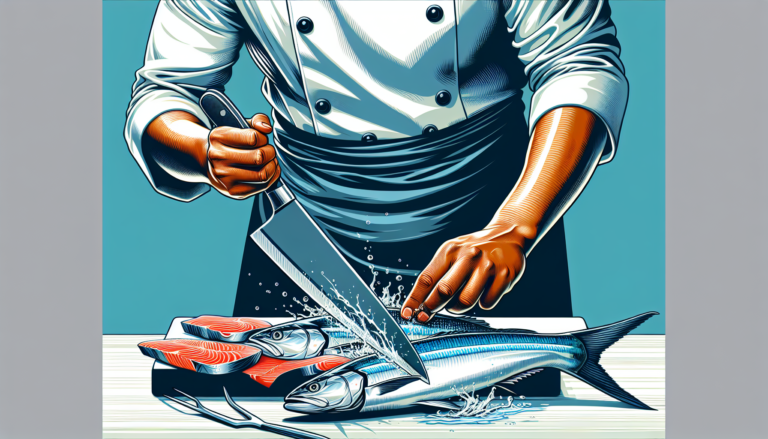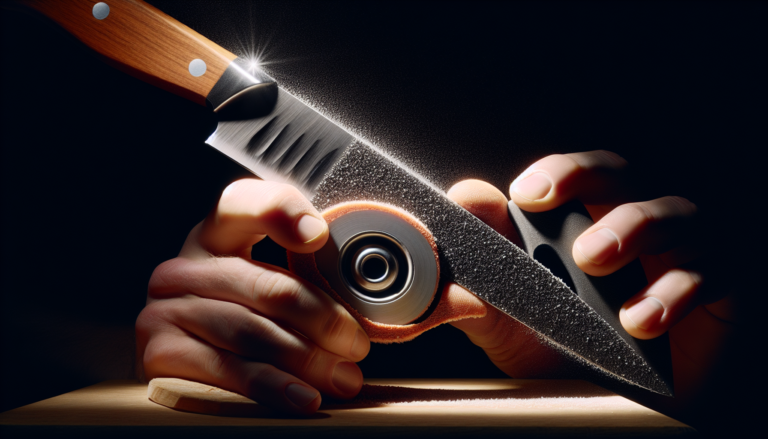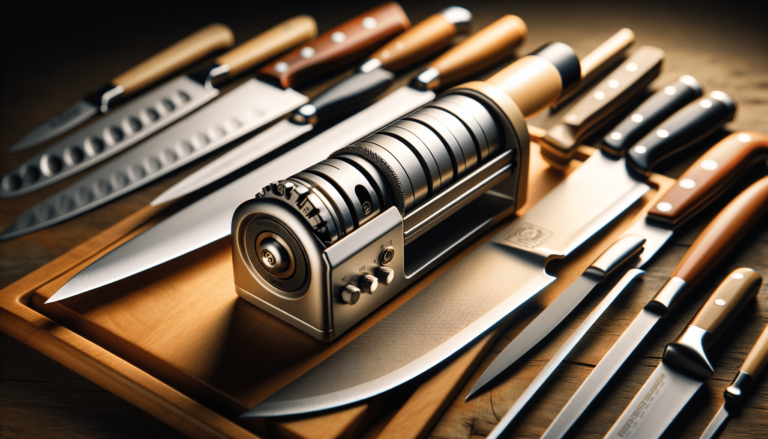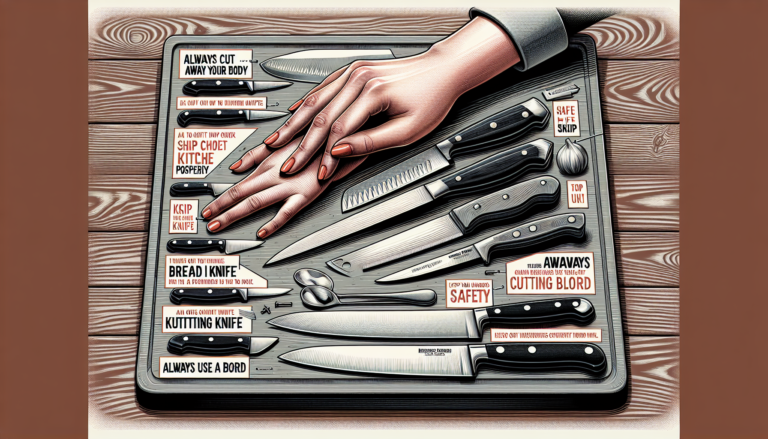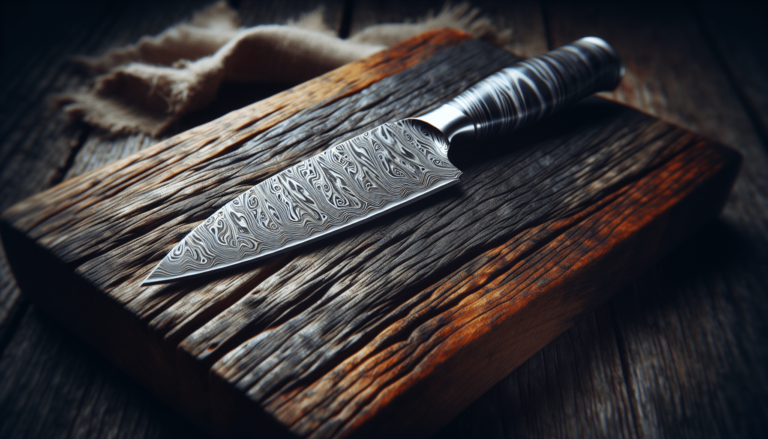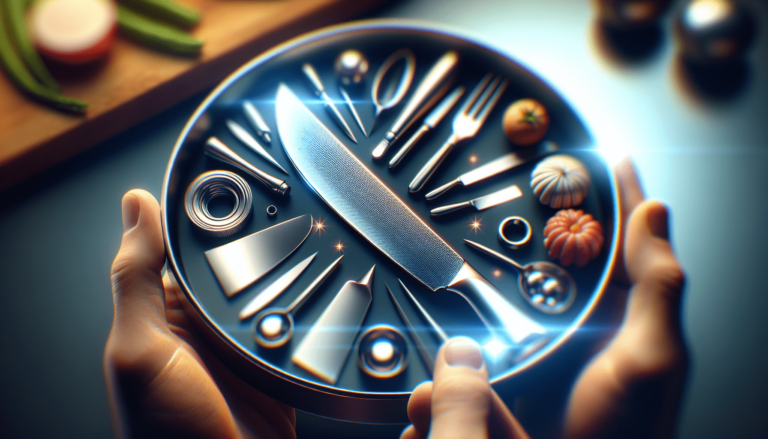How To Choose The Best Kitchen Knife For Boning And Filleting
Have you ever stood in your kitchen, staring at a whole fish or a cut of meat, wondering which knife would make your boning or filleting tasks more efficient and enjoyable? You’re not alone. Choosing the right kitchen knife can be a bit daunting with so many options available, each promising precision and ease. Let’s make this choice easier for you by breaking down what you should consider and introducing you to types and techniques that could make your culinary endeavors more pleasurable and efficient.
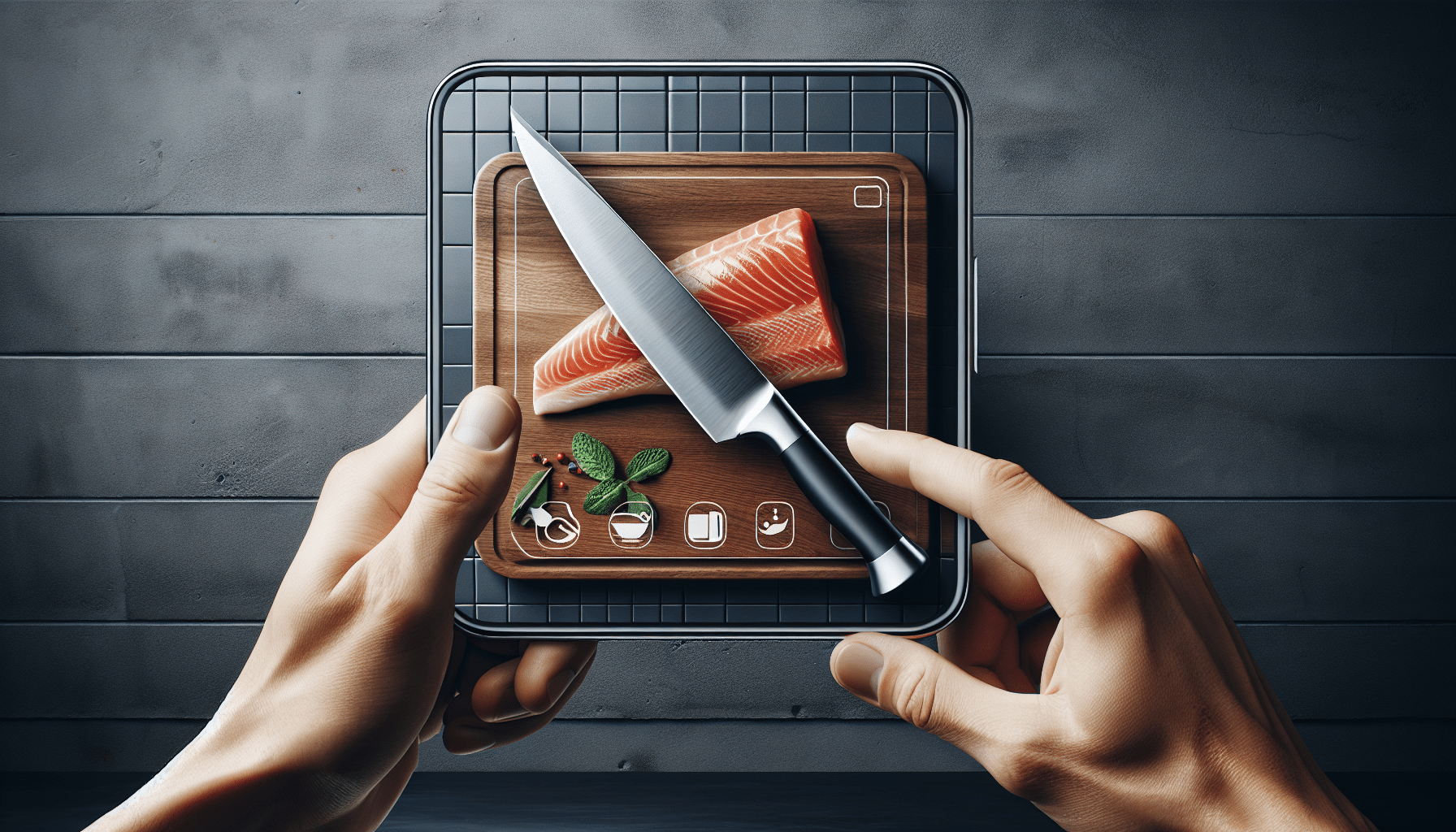
Understanding Kitchen Knives
Types of Kitchen Knives
Kitchen knives come in various shapes and sizes, each designed for specific uses. When it comes to boning and filleting, knowing the different types of knives will help you make an informed decision. The primary knives for these tasks are the boning knife and the fillet knife, but knowing about a few others can be beneficial too.
Boning Knife
A boning knife is a slim blade that offers precision and control when removing bones from meat. Its fine, sharp edge can maneuver around joints and bones intricately. Typically, it’s 5 to 7 inches long with a pointed tip, allowing you to pierce meat easily.
Fillet Knife
The fillet knife is similar to the boning knife but is generally more flexible, making it excellent for cutting fish. Its thin, sharp blade, usually 6 to 11 inches, gently slides between the skin and the flesh, helping in creating perfect fillets.
Utility Knife
While not specifically made for boning or filleting, a utility knife is versatile and can be handy in various kitchen tasks. It’s smaller and thinner than a chef’s knife but a bit more robust than a paring knife.
Chef’s Knife
A chef’s knife is the workhorse of the kitchen. Though not ideal for boning or filleting due to its size, knowing its place in your knife collection is useful as it handles a variety of other tasks efficiently.
Knife Components
Understanding the components of a knife will aid you in choosing one that suits your needs.
Blade Material
Knives can be crafted from different materials, each offering unique properties.
- Stainless Steel: Resistant to rust and corrosion; holds a good edge and is easy to sharpen.
- Carbon Steel: Very sharp and retains the edge longer but can rust if not maintained properly.
- Ceramic: Stays sharp for longer and resists staining, but can be brittle.
Handle Material
A comfortable and durable handle is essential for efficiency and safety. Handles can be made from wood, plastic, or synthetic materials like G10 and Micarta, each providing different feels and grips.
Blade Flexibility
For filleting, you’ll want a knife with a flexible blade that can follow the contours of the fish. For boning, you may choose between a semi-flexible or stiff blade depending on the meat.
Choosing the Right Knife for Boning
Boning requires precision, and having the correct knife can significantly impact your efficiency in the kitchen.
Blade Size and Shape
Opt for a blade that is sharp and narrow, allowing you to work around tight joints and bones. A pointed tip is crucial for piercing meat and accessing intricate areas.
Flexibility and Stiffness
The flexibility of your boning knife will depend on the type of meat you commonly prepare. For poultry, a more flexible knife is suitable, while a stiffer knife is ideal for pork or beef.
Durability and Maintenance
Consider how easy it is to maintain your boning knife. A high durability blade will maintain its sharp edge longer and needs less frequent sharpening. Proper maintenance includes regular sharpening and immediate cleaning after use.
Selecting an Appropriate Knife for Filleting
Filleting involves a different skill set, focusing on precision and clean cuts, especially when handling delicate fish.
Blade Flexibility and Length
A longer, more flexible blade is necessary for filleting, especially large fish. The flexibility will allow seamless movement along the fish’s structure, leaving no wasted meat.
Handle Comfort and Grip
Filleting requires consistent, precise motions. A handle that is comfortable to hold and offers a good grip remains essential for both comfort and safety.
Versatility
If you frequently switch between different types of fish, a versatile knife capable of both delicate and more robust cuts may be beneficial. Look for knives with interchangeable blades or those universally praised for handling multiple types.
Caring for Your Kitchen Knives
Proper care extends the life of your knives and maintains their performance over time.
Cleaning Your Knives
Knives should be cleaned immediately after use. Hand wash them with mild soapy water and thoroughly dry to prevent rust. Avoid putting them in the dishwasher, as the harsh conditions can shorten their lifespan.
Proper Storage Methods
Proper storage prevents damage and maintains the sharpness of your knives. Here are a few storage recommendations:
- Use a knife block to store your knives safely on the countertop.
- Magnetic strips offer a space-saving solution and easy access.
- Knife rolls or sheaths are perfect for storing or transporting knives safely.
| Storage Option | Benefits |
|---|---|
| Knife Block | Safe, accessible storage |
| Magnetic Strip | Space-saving and easy to access |
| Knife Roll/Sheath | Portable and protective |
Sharpening Techniques
Regular sharpening is crucial for maintaining the effectiveness of your knives.
- Honing Rod: Used often to maintain the knife’s edge by realigning it.
- Whetstone: Provides a more thorough sharpening, necessary when the knife becomes dull.
- Professional Sharpening: Consider professional sharpening services for a precise edge occasionally.
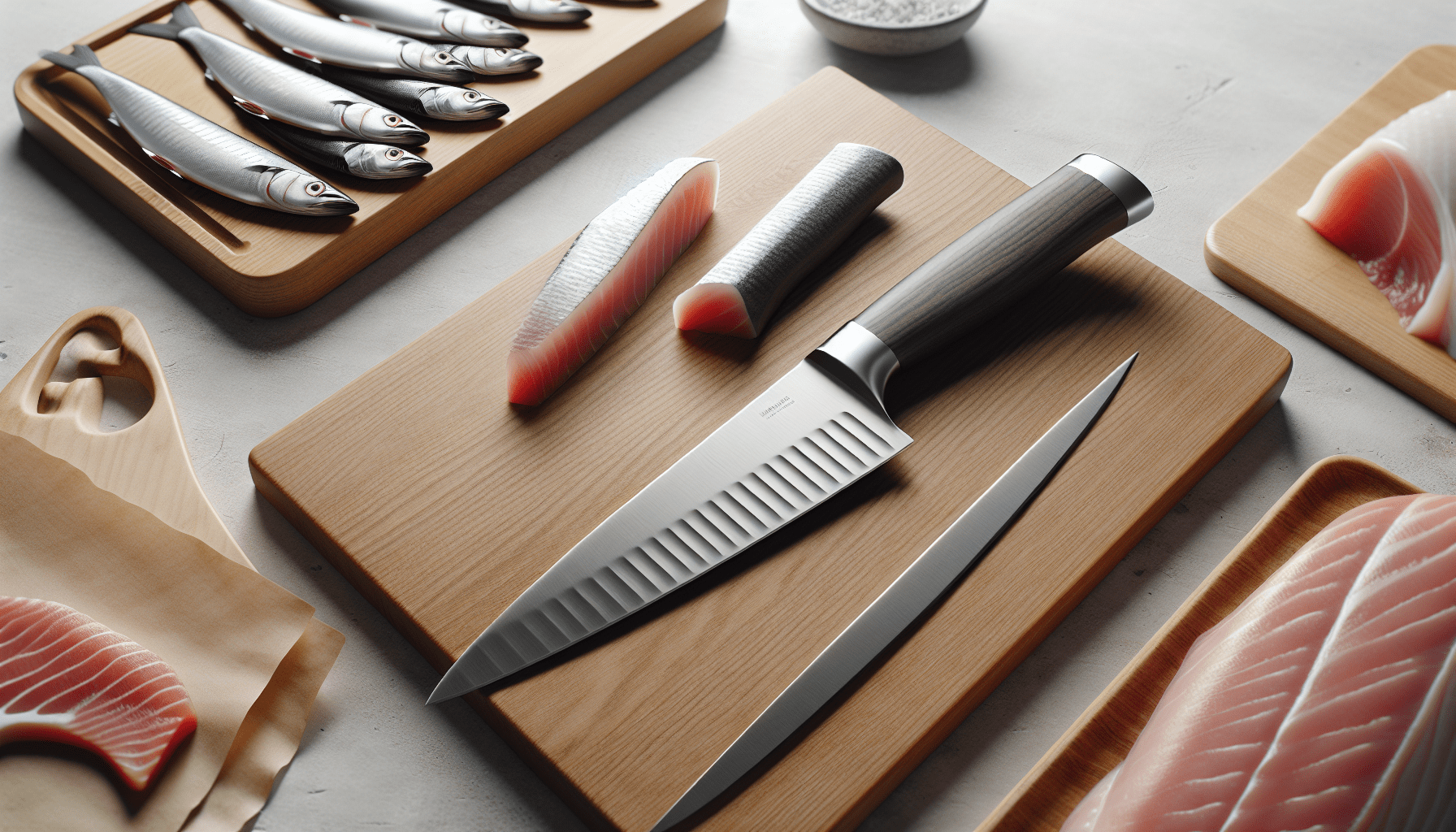
Making Your Knife Purchase
Setting a Budget
Determine how much you are willing to spend. Investing in a good knife is worthwhile, as it will last longer and perform better.
Testing Ergonomics
If possible, hold the knife before purchasing to ensure it feels right. The balance between the blade and handle, as well as the comfort of the grip, are critical in choice.
Reading Reviews and Recommendations
Research online reviews to get other users’ perspectives. Professional chefs and cooking enthusiasts often leave insightful reviews about knife performance.
Wrapping Up Your Knife Journey
Selecting the best kitchen knife for boning and filleting will enhance your cooking experience. With a clear understanding of what you need, you can confidently navigate the options available and choose tools that complement your skills and meet your culinary demands. Remember, a good knife is a cornerstone of an enjoyable and efficient kitchen, helping you prepare dishes with precision and pleasure. Keep honing those skills, caring for your tools, and delighting in the world of gastronomy!
By integrating these insights into your culinary practices, you’ll navigate the art of boning and filleting with finesse and confidence, all powered by the right choice of knife.
